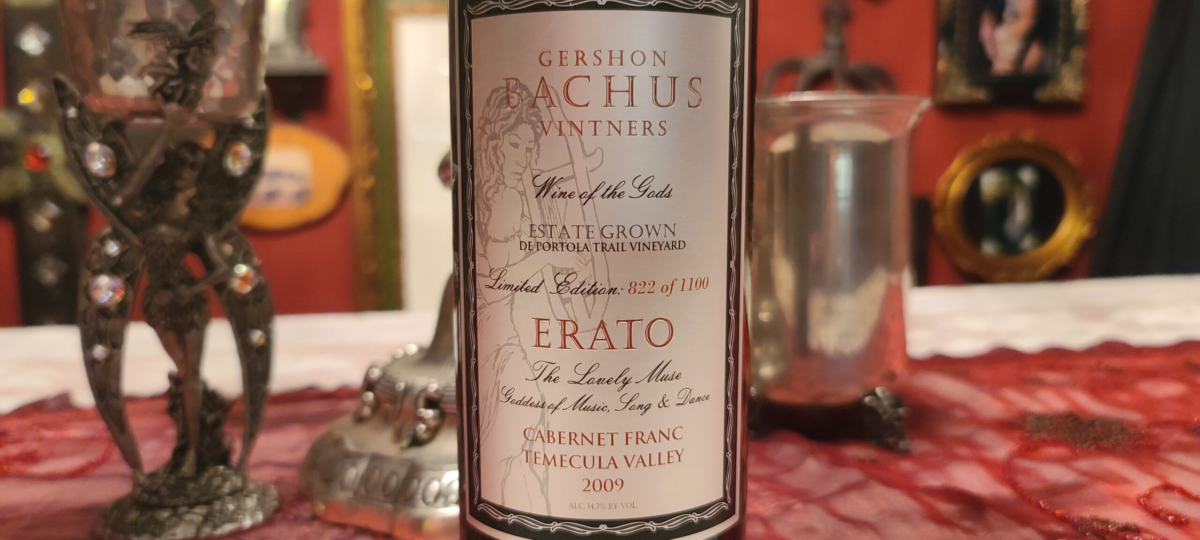CENTERPOINT OF WINE
Rome is the center point of the universe in my wine opinion. It’s where the many Caesars ruled and citizens of B.C. attended hedonistic chariot races. All of you can relate to the most epic depiction of these races from the 1959 film Ben Hur, where Charlton Heston portrays the bad-ass Ben-Hur. However, to put it blankly, it was the Romans that were the most significant empire that planted grapevines beyond Rome’s self-indulgent culture across the globe. After all, who the hell is going to continue feeding the catholic church? Thanks to the efforts of the Romans, the Popes over the centuries have been proud and fulfilled, by the oceans of available wine produced for the Church. The citizens today are just as proud. When I’m in Italy, I’m always reminded by a born and bred local, they aren’t Italian, simply Roman!
REDISCOVERING OLEVANO ROMANO
This wine is specifically from a humble village within the Metropolitan City Of Rome, 28 miles east of Rome. It actually sounds like an Italian grape, but in fact, Olevano Romano predates from the Roman period and is defined by the remains of the city’s structures. In the Middle Ages it became a “castrum” and Oddone Colonna, the new lord of Olevano, built a castle. After Colonna ruled the estate was passed to the City of Rome. That set the stage from the 1300s for all the statutes you regard through the city. Driving around the city of Rome does truly feel like you’re driving through an outdoor museum; it’s that majestic. The last of Olevano princes was Prince Camillo Borghese, husband of Pauline Bonaparte, Napoleon’s sister. What does this have to do with the wine in question, everything! Once you step off the plane from 13 hr. flight at Aeroporto Internazionale di Roma, if you carry my DNA, my liver is hurting for local wine. Hence, head to Damiano Ciolli to witness history in a bottle, minus the statuettes.
RELATING TO CESANESE
Most people around the world, when they think of Italian wine, can relate to Chianti. Confusingly, it’s both a region and a wine, but NOT a grape. Of the twenty “states” that make up the boot, Lazio is home to Rome. In regards to wine, shockingly, it has an identity issue. Despite its centralized location, the region is easily blurred by its more famous neighbors such as Campania, Umbria, and significantly, Tuscany that houses the province of Chianti.
Most tourists that make the long journey to Rome aren’t attentive that Lazio is the region that cradles the capital of Italy. In fact, Rome’s importance as capital can make it feel like It’s entirely removed from the rest of the country, like an island in itself. Separate yourself from the herd and you’ll be rewarded to experience what’s behind the epicenter and enter into a blanket of hills peppered with olive groves, orchards, and of course vineyards. This landscape is Lazio’s most visceral core. Cesanese is the grape that makes up the Damiano Ciolli wine and is Lazio’s red wine Identity, whose roots date (no pun intended) to the Roman Empire.
CESANESE, LIKE A FIERCE ROMAN
Lazio is most reputed for gulping bland cheap tasting white wines that are mass-produced for tourists freshly off their 13 hr. flight. Lazio is a white wine fortress to attract nebulous travelers. However, Lazio’s Cesanese grape is the real star in tow from the romantic hills of its countryside. Lazio’s vinifiers have awakened away from porch pounders, to the opulent wines that graced the Mussolini’s, into vigilant young winemakers crafting extraordinary wines with presence. They are the true pioneers that are not only continuing Rome’s heritage but restructuring the region’s comprehensive wine culture. Hence, they are giving a renaissance to what was the native grape that celebrated Napoleon Bonapart, Cesanese. SHHHhhh. Yes, he is the one that would have gladly traded his life to supply wine to the Papacy. Look it up Y’all, he was truly a great leader for the people and may have been the catalyst to Rome’s true red grape, Cesanese!
Cesanese has become to Lazio what Sangiovese is to Tuscany, arguably the region’s most important and succulent Italian native red grape. Most of the quality Cesanese wines come from vineyards within Lazio towns such as Anagni, Piglio, and most important for this wine is the small medieval town of Olevano Romano. Damiano Ciolli is a fifth-generation winemaker who took over inherited vineyards from his father Costantino and then began bottling in 2001. He’s sanctioned as the first Olevano Romano producer in the area to have raised standards. All the vineyard’s work is labored manually.
CESANESE ALLA DAMIANO CIOLLI
This wine is reminiscent of the color Ruby jewels, and has potential to age into a gorgeous garnet. There are gentle aromas of ripe mountain perfumed red berries. The texture of gentle tannins complemented with its medium body. The name means the wildflower Silene Vulgaris. It is obtained from a selection of Cesanese d’ Affile grapes 100% coming from vineyards planted in 1981 and 2002. The grapes are hand-harvested to the edge of ripeness, then fermented in stainless steel tanks at a shy cool 77 degrees to capture the lush aromas of Cesanese. The wine is concluded with a short week in the tank then aged for 1 year and 1/2.
NOT NATURAL JUST NATURALLY PRESENT
Nearly 100-year-old vines, Damiano Ciolli, today represents a family of farmers who has been making wine for 4 generations. There is nothing new about his winemaking, style, and foundation. Damiano Ciolli serves as a powerful voice like a Roman soldier for all the local vignerons that champion centuries of producing wine like their forefathers into the 21st century.
Are you influenced by the “RAW WINE” movement?????
Ciao! Hope you enjoyed my article, please comment below Love your feedback.
Thank you and remember Taste Small Live Big!
Follow me on Instagram @epicurean.angel

